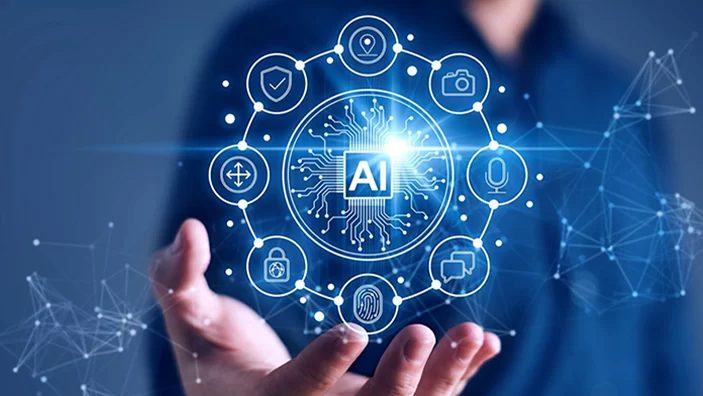
Introduction:
Artificial Intelligence (AI) is a transformative technology that has captured our imagination for decades. It has made significant strides in recent years, revolutionizing the way we interact with technology and data. In this blog post, we will delve into the fundamentals of AI technology, providing a clear understanding of its key concepts and real-world applications.
Understanding Artificial Intelligence:
Artificial Intelligence (AI) is a broad field of computer science focused on creating systems that can perform tasks that typically require human intelligence. These tasks encompass problem-solving, learning, natural language understanding, and pattern recognition. AI technologies aim to mimic human cognitive functions, which has led to the development of various subfields within AI, such as machine learning, natural language processing, computer vision, and robotics.
Machine Learning: The Core of AI:
Machine Learning (ML) is a fundamental component of AI. It is a subset of AI that emphasizes the creation of algorithms capable of learning from data. ML models can identify patterns, make predictions, and adapt their behavior as they encounter new information. This capacity to learn and generalize from data is the driving force behind many AI applications, making it an indispensable part of the AI landscape.
AI can be categorized into three main types :
~ Narrow or Weak AI is designed for specific tasks, like voice assistants or recommendation systems. It operates within a limited context and cannot perform tasks outside its designated domain.
~ General or Strong AI aims to replicate human-like intelligence and adaptability, though achieving this level of sophistication remains a considerable challenge.
~ Artificial Superintelligence is a theoretical concept representing AI that surpasses human intelligence and capabilities, a subject of intense debate and speculation.
Real-World Applications:
AI technology has permeated various industries and aspects of our daily lives. In healthcare, AI assists in medical diagnosis, drug discovery, and predicting patient outcomes. In finance, it’s employed for algorithmic trading, fraud detection, and customer service chatbots. Manufacturing benefits from AI with predictive maintenance, quality control, and process optimization. Transportation relies on AI for self-driving cars and traffic management. Natural Language Processing is another AI application used in virtual assistants, language translation, and sentiment analysis. Even in entertainment, recommendation systems, like those used by streaming platforms, leverage AI to personalize content for users.
The Importance of Data:
Data is the lifeblood of AI. To train AI models effectively, a significant volume of high-quality data is required. The quality and diversity of data directly affect the performance of AI systems. Collecting, cleaning, and managing data are critical steps in any AI project. Without robust data, AI models cannot learn and generalize effectively, making data acquisition and preparation vital components of any AI endeavor.
Conclusion:
Artificial Intelligence is a transformative technology that has found applications in nearly every industry and facet of our lives. As AI continues to evolve and expand its horizons, its fundamental principles will remain a cornerstone for the development of increasingly intelligent and capable systems.